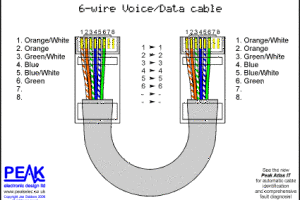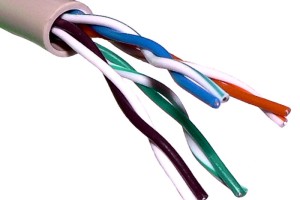Structured Cabling and Outdoor Locations
Specialized situations require specialized attention, particularly where structured cabling is concerned. While the processes of planning and installing a cable network are complicated enough inside usual circumstances like houses and commercial buildings, it is even more difficult in unconventional set ups. There is a whole other level of planning involved in the structured cabling of outdoor projects, rare venues and high demand projects. Structured cabling engineers and technicians apply a respectable amount of cunning and adaptability to meet the demands of these special structured cabling jobs.
Structured Cabling
One very particular example of a complicated cabling situation is outdoor events. Concert venues, outdoor theatrical productions, even drive-in movies require a strong cable network to do business. Outdoor stage events, and permanent park amphitheaters are also generally not small networks, and require a great deal of planning, not only for permanent network infrastructure but also wiring and cabling needed specifically for different happenings. As cabling technology advances, signal bleeding and frequency weakness are becoming easier to combat. In outdoor spaces, however, special consideration must be taken for keeping these cables dry from weather and secure from wind and storms. Temperature variance is another important factor to consider, and the placement and coating of cables must be able to keep the wiring form getting too hot or too cold. New inventions like thick gel tubing to surround cables and non-conductive metal tapes to secure connections are some of the many innovations that are already making outdoor structured cabling smoother and easier to maintain.
There are different ways to build networks, though many can be explained simplistically in the shape of a many-legged spider or a many-petalled flower. They move back through a central hub that helps to regulate signals and information and keep the flow of data clean. In outdoor venue cabling, this central hub is perhaps the most important point to secure and protect. In high volume situations, like concerts where many screens must play at once, generally with many tiny fiber optic panels within them, the signal must be strong. Often several different signals are run at once, carrying the same visual information, and serve as back ups in the case of anything interrupting the main frequency. In these situations where electric wiring and sound and lighting cabling are also present, there are particular practices to keep the overlap of circuitry from disturbing any single one of these systems.
There are cabling firms that specialize in the installation and maintenance of these outdoor cabling jobs. However, this work is often done by a large company that serves the whole region, for the mere fact that they usually own the majority of the pre-existing underground cables, and can run the strongest signals. In contrast, the organization on the network, and often its ability to project wirelessly is consulted on or designed by an outside network cabling worker who has experience overcoming the obstacles present. The more frequently these circumstances are considered in the education of structured cabling technicians and the design of structured cabling materials, the easier and more main stream structured cabling will be in outdoor situations.




